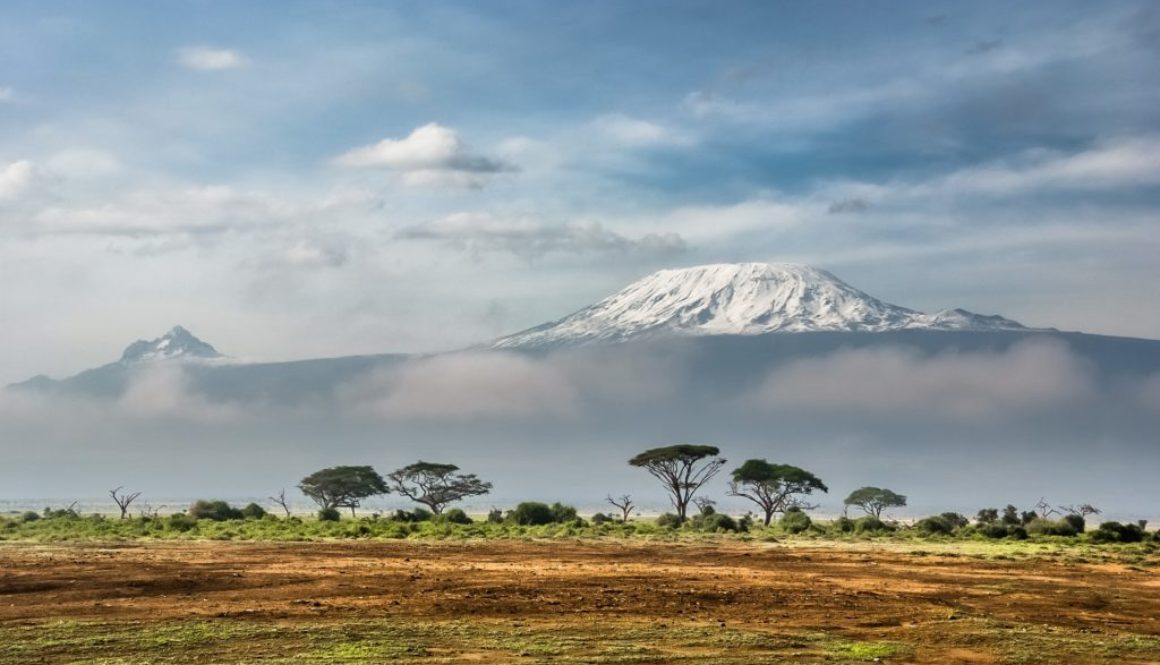Five climatic zones – facts about Kilimanjaro flora
As you climb up Mount Kilimanjaro you will pass through five distinct and different climatic and vegetation zones, which provide a diverse array of wild flowers, shrubs and trees. On the ascent, you will notice the flora changing. This is not only influenced by the altitude but also the geographical location of Kilimanjaro within close proximity to the equator and the maritime influence from the Indian Ocean.
Cultivation Zone
Coffee production is Tanzanian’s largest export crop and has a significant impact on the country’s economy. The vegetation of the lowlands around Mount Kilimanjaro are dominated by coffee plantations or banana crops. The Kilimanjaro area is one of the largest coffee producing areas within Tanzania and the town of Moshi in Kilimanjaro is the main hub for the coffee trade.
Heathland Zone
This zone has heathers and short grasses growing in this area and is reminiscent of being back home.
A British garden favourite, the Red Hot Poker (Kniphofia thomsonii), is a native plant from the slopes of Mount Kilimanjaro and swathes of the plant can be seen in the heathland zone between 2800m and 4000m.
Alpine Desert
The southern and western slopes of Kilimanjaro have more rainfall than the northern and eastern sides. The only route to the summit on the northern slopes is the Rongai route. This has a more sparce, desert-like landscape and lower growing species due to less rainfall.
Arctic Zone
The arctic zone is from 5000m upwards to the summit. There is no vegetation and the path is made up of scree. The is a large glacier near to the summit. The ground is mostly frozen and can sometimes be covered in snow and ice.





